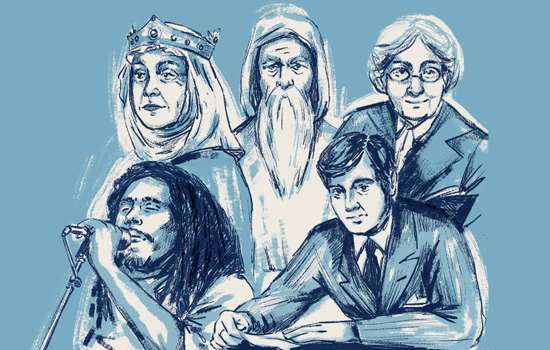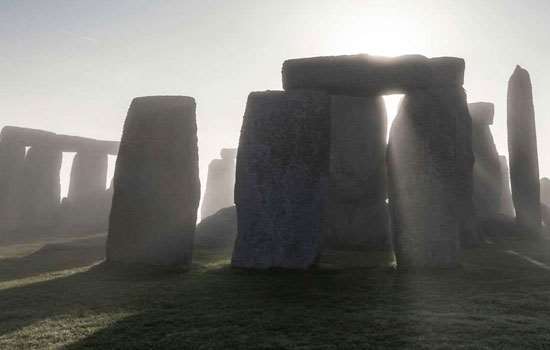Howard Carter’s blue plaque
We look at the blue plaque that honours Egyptologist Howard Carter, who discovered the tomb of Tutankhamen
2022 marked a hundred years since the tomb of Tutankhamen was opened, and no archaeological find has quite matched it since. By 1922, Howard Carter had been working in Egypt for more than 30 years. For the eleventh child of an impecunious artist, he’d done well – he was appointed inspector of antiquities of Upper Egypt at the age of just 26 – but he had shifted a lot of earth without finding much, in what he called ‘comparatively unproductive labour’.
By agreeing to put in his own money, Carter managed to persuade his patron, the 5th Earl of Carnarvon, to fund one more season of exploratory digging in the Valley of Kings, where he had been working since 1917 with little to show.
On 4 November 1922 a single step was uncovered, and found to be the head of a downward staircase to the entrance of a tomb. A 12-year-old Egyptian waterboy, Hussein Abdel-Rassoul, is claimed to have made the initial find. Whatever the truth of this, it is undeniable that the contribution of Egyptians to the discovery has been undervalued.
To deter would-be robbers, Carter had the staircase reburied and telegrammed his patron, Lord Carnarvon, who travelled to Luxor for the opening of the tomb. The ‘day of days’, on which they broke into the sealed enclosure, was 26 November.
‘Can you see anything?’ Carnarvon asked. ‘Yes, wonderful things,’ replied Carter. ‘Everywhere the glint of gold.’ Initial reports in The Times credited Carnarvon, with Carter condescendingly referred to as his ‘trusty helper’. But it was Carter who spent the next 10 years meticulously recording the artefacts – more than 5,000 of them – found in Tutankhamun’s tomb.
Howard Carter was a prickly man, which partly accounts for his relative isolation in later life – one biographer has termed him a ‘sad success’ – and his failure to gain any major British honour. One exception to this is the blue plaque that can be found at his former London base at 19 Collingham Gardens, Kensington.
Here, Carter kept a self-contained flat in the house of his brother Samuel. Fraternal relations were uneven, and a breach occurred in 1930 after Howard accused Samuel of breaking into his drinks cabinet. Given their fractious relationship, it was fortunate that Carter’s work took him away from home fairly often.
Words by Howard Spencer
Illustration by Jasmine Whiteleaf
MORE TO EXPLORE



